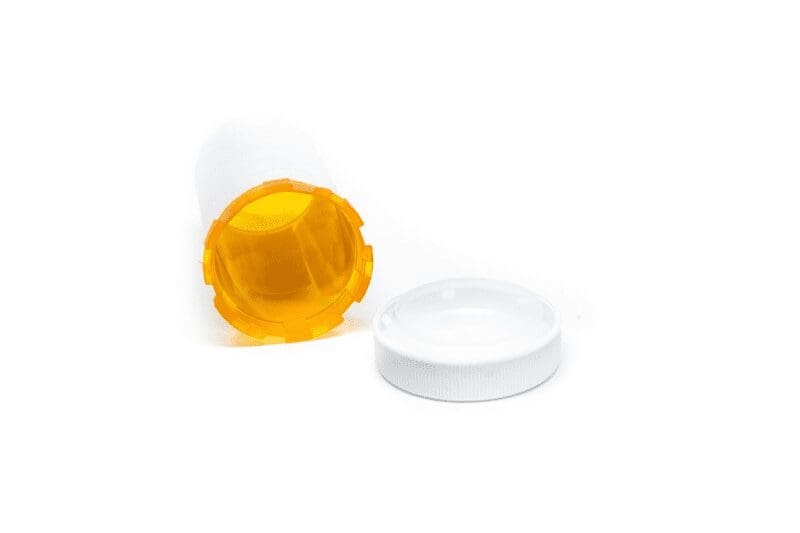Medications often have odd names. This is true whether you look at so-called generic names or brand names. A drug’s generic name is it’s official name—the name it is given when it is first discovered. That name is derived from the molecular or atomic structure of the drug. The brand name is the name that a company’s marketing department comes up with to promote the medication. In theory, these names are shorter and easier to remember (though there are plenty of examples where the brand name is just plain weird). In some cases, both the generic name and the brand name manage to make it into common use. For example, most everyone knows that ibuprofen and Advil are two names—the first generic, the second brand—for the same drug. But in other cases, the naming of drugs can lead to confusion rather than clarity—which can be bad for consumers seeking to understand what they are taking and why. Take, for example, oxycodone and OxyContin. Are they different drugs? Are they the same drug? Looked at in a certain way, the answer to both of those questions is: yes.
What’s in a Name?
It would be reasonable to assume that OxyContin is a brand name for oxycodone. And in fact, that is almost true. But not quite. Oxycodone is the generic name of an opiate that is the active ingredient in a range of brand-name pain relievers. Among those brand-name medications is OxyContin. The specific difference between oxycodone and OxyContin is that the brand-name drug includes the generic drug and adds a time-release component—meaning OxyContin is released into your body over time rather than all at once. This may seem like a distinction without a difference, but it turns out that the time release nature of OxyContin makes it more dangerous if it is misused. OxyContin contains a higher concentration of oxycodone than other drugs, which means it can lead to the development of a substance use disorder more quickly than other drugs that contain oxycodone. We want to be very clear here: Oxycodone is plenty dangerous all on its own if misused. It is certainly a central part of the ongoing opioid epidemic in the United States. Our point here is that OxyContin is even more dangerous if used in ways that do not strictly adhere to the instructions provided by your doctor or pharmacist.
The Negative Impacts of the Oxys
Both oxycodone and OxyContin can provide a feeling of euphoria—and for that reason, it can be very tempting to misuse them so that you can continue to feel that euphoria. But over time, it takes more of the drug to get the same result. Meanwhile, the side effects can be increasingly destructive. Eventually, you might find yourself taking the drug not in the hope of experiencing wonderful feelings, but rather in the hope of warding off withdrawal symptoms. Those withdrawal symptoms are both physical and mental. They can include:
- Physical symptoms:
- Headaches, blurry vision, and/or runny nose
- Sweating, chills, fever, and/or body aches
- Diarrhea, vomiting, and/or abdominal cramping
- High blood pressure and/or rapid or irregular heartbeat
- Mental symptoms:
-
- Irritability, agitation, and/or anxiety
- Insomnia or other sleep disturbances
- Inability to concentrate
- Depression that may include thoughts of suicide
For some people, it may be possible to weather those withdrawal symptoms and come out the other side. But for many, the negative symptoms of withdrawal—which are frequently accompanied by intense cravings for the drug—are enough to cause a person to give up and start taking oxycodone or OxyContin again. When this happens, it can feel as though you are caught up in an unending cycle from which there is no escape. You are miserable when you take the drug, and you are miserable when you don’t take the drug. Given that taking the drug or not taking the drug are the only options available to you, it might be easy to despair—and that feeling of despair may well be heightened by withdrawal symptoms. So what can you do to get a fresh start?
Summon Your Moxie to Put Down the Oxys
If you have developed a substance use disorder centered on oxycodone, OxyContin, or any other opioid, you can get the help you need to stop using the drugs. Sometimes, the hardest part of that process is simply acknowledging that you need the help. It is important to remember that getting the help you need is a sign of strength—not of weakness. A fully accredited residential treatment center—like French Creek Recovery Center—offers detox and rehab services designed to get you sober and to give you strategies and support you need to stay sober as you begin your recovery journey. A residential treatment program includes medically supervised detoxification, which is one of the most consistently successful ways to make it through the difficult days of withdrawal. In addition to medical supervision, a residential treatment center also removes you from the places and people you associate with the drug. That’s important not only because it cuts off your supply, but also because it provides an opportunity to reset in a neutral environment. During the rehabilitation portion of treatment, you will have the opportunity to participate in individual and group therapy sessions. Therapy provides a chance to learn and seek encouragement from others. In addition, a therapist can help you address any co-occurring mental health disorders that may underpin your propensity to misuse drugs or which may have been engendered or worsened by your drug use. Good mental health is a key part of substance use disorder recovery, so untangling the connections between the two is essential. When you’re ready to put drug use behind you and reset your life, we are here to help.

